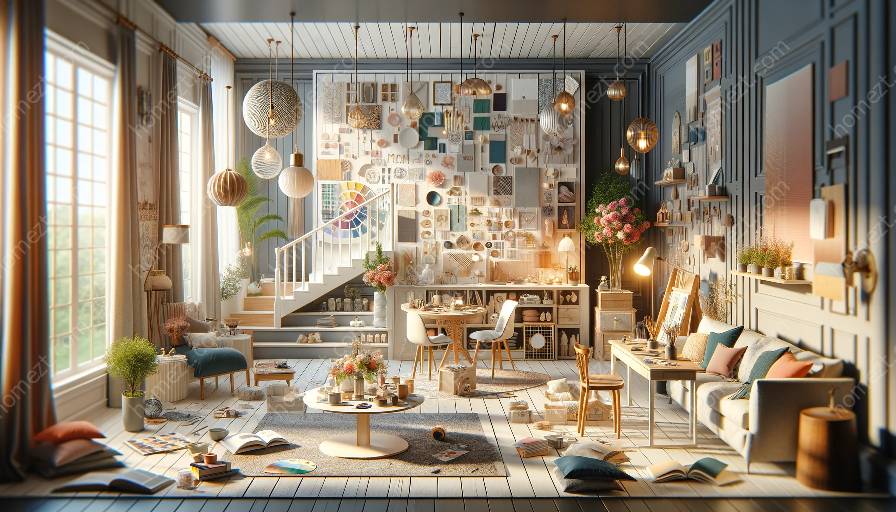Interior design has the power to significantly impact our physical, emotional, and mental well-being. By integrating specific design concepts, utilizing mood boards, and focusing on interior design and styling, spaces can be transformed into supportive environments that enhance health and overall wellness.
The Influence of Interior Design on Health and Well-Being
Interior design is not just about creating visually appealing spaces. Its impact goes beyond aesthetics and extends to how the environment influences people’s health and well-being. Design elements such as color, lighting, furniture layout, and use of space can all contribute to creating an environment that promotes physical and mental wellness.
Creating Healthy Environments with Design Concepts
Design concepts that prioritize health and well-being include biophilic design, ergonomic considerations, and the use of natural materials. Biophilic design aims to connect people with nature by incorporating elements such as natural light, plant life, and natural materials into interior spaces. This approach has been shown to reduce stress, improve cognitive function, and enhance overall well-being.
Ergonomic considerations involve designing spaces and selecting furniture that support good posture, comfortable movement, and overall physical health. By optimizing the environment for physical comfort and functionality, interior design can directly impact individuals’ health and well-being.
Furthermore, the use of natural materials such as wood, stone, and sustainable textiles not only contributes to the aesthetic appeal of a space but also promotes a sense of connection to the natural world, which can have positive effects on mental wellness.
The Role of Mood Boards in Interior Design
Mood boards serve as an essential tool for capturing the essence and vision of a design concept. They allow designers to compile and display a collection of colors, textures, patterns, and materials that will be used in the design process. Mood boards help align stakeholders’ expectations, convey the overall feel of the space, and provide a roadmap for bringing the design concept to life.
When it comes to promoting health and well-being, mood boards play a crucial role in setting the tone for a space. By carefully selecting calming colors, harmonious textures, and natural elements, designers can create environments that evoke feelings of tranquility, serenity, and overall wellness. Mood boards can also be used to illustrate biophilic design elements, ergonomic considerations, and the use of natural materials, allowing stakeholders to visualize how these elements will come together to support a healthier living or working environment.
The Impact of Design Concepts on Interior Design and Styling
Incorporating design concepts rooted in promoting health and well-being into interior design and styling can lead to powerful transformations. By prioritizing elements such as air quality, natural light, and efficient space planning, designers can create spaces that positively impact occupants’ physical health and mental well-being.
Additionally, the strategic use of color psychology, lighting design, and spatial organization can contribute to creating spaces that uplift moods, reduce stress, and enhance overall comfort. When applied within the context of interior design and styling, these concepts can result in environments that foster holistic well-being and promote a sense of harmony and balance.


























